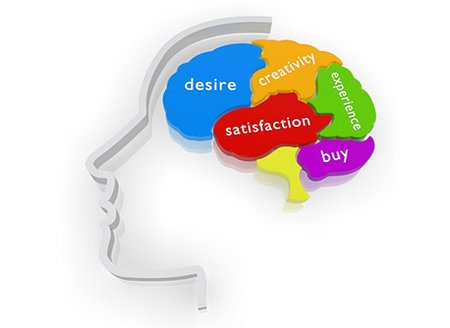How to Read a Customer’s Mind !
Trust that this blog finds you all well at work and play….
The subject of this one came up today as I was talking to one of my smartest sales reps. She was talking to me about one particular prospect who responded exactly as would be expected of someone who would be keen to place his order ..BUT at the last moment , would apparently back down and the “deal” would go bust !!
So I dug up my best from the last 20 years of sales and marketing experience and came up with this..hope it helps you guys as well…so here goes
A seasoned sales professional categorizes customers into four basic styles of behavior, based upon their tolerance to risk (recognition vs. security) and attitude towards work (goal-oriented vs. process-oriented). These four basic styles are:
- DOER (results oriented, needs recognition). Tends to make decisions quickly, prefers brief presentations, and resents time-wasters.
- TALKER (process oriented, needs recognition). Desires social approval and thus will avoid making a decision until everyone is happy.
- CONTROLLER (results oriented, needs security). Highly logical and analytical, and will generally look for what’s wrong with any situation.
- SUPPORTER (process oriented, needs security). Seldom looks at the bottom line but instead is more concerned with getting a job done.
According to my experience, customers have a primary and secondary style of behavior. For example, a CEO might be a Doer when dealing with underlings but a Talker when dealing with fellow CEOs. Similarly, a bank manager might be a Controller when it comes to writing loans, but a Supporter when it comes to working with top management.
In order to “read the customer’s mind”, you watch and listen carefully for clues about styles of behavior when interacting with a customer contact.
A Doer, for example, will often wear flashy or distinctive clothing and is likely to communicate in short bursts. Similarly, a Supporter will tend to dress conservatively and use catchphrases like “the way things are done here” and “the powers that be.”
Once you’ve determined the customer’s primary style of behavior, it becomes easier to predict how they’ll react to various situations that might come up in the sale cycle. For example, a Controller will probably surface objections quickly and frequently.
That information allows you to adapt your sales approach. For example, when selling to a Doer, speak quickly and get right to the point. By contrast, when selling to a Supporter take the time to explain, in detail, how what you’re selling fits into the status-quo. With a controller, you play devil’s advocate and let him argue against you, thereby selling himself on your product.
If you’re going to use Willingham’s conceptual model effectively, it helps if you’re aware of your own natural style. If you have a technical background and tend to naturally fall into the Controller style, you’ll need to take on more of an air of authority (become a “doer”) when calling on a CEO, for instance.
Top sales professionals can not only intuitively sense the customer’s style of behavior, but find the corresponding style in his or her own character that best matches the situation.
Obviously this is not a panacea for all sales strategists and it is an acquired skill that becomes a part of your persona as you mature by listening and learning throughout your career!!




